‘Zofia Kulik & KwieKulik. Quotes from the Archive’ at ŻAK | BRANICKA
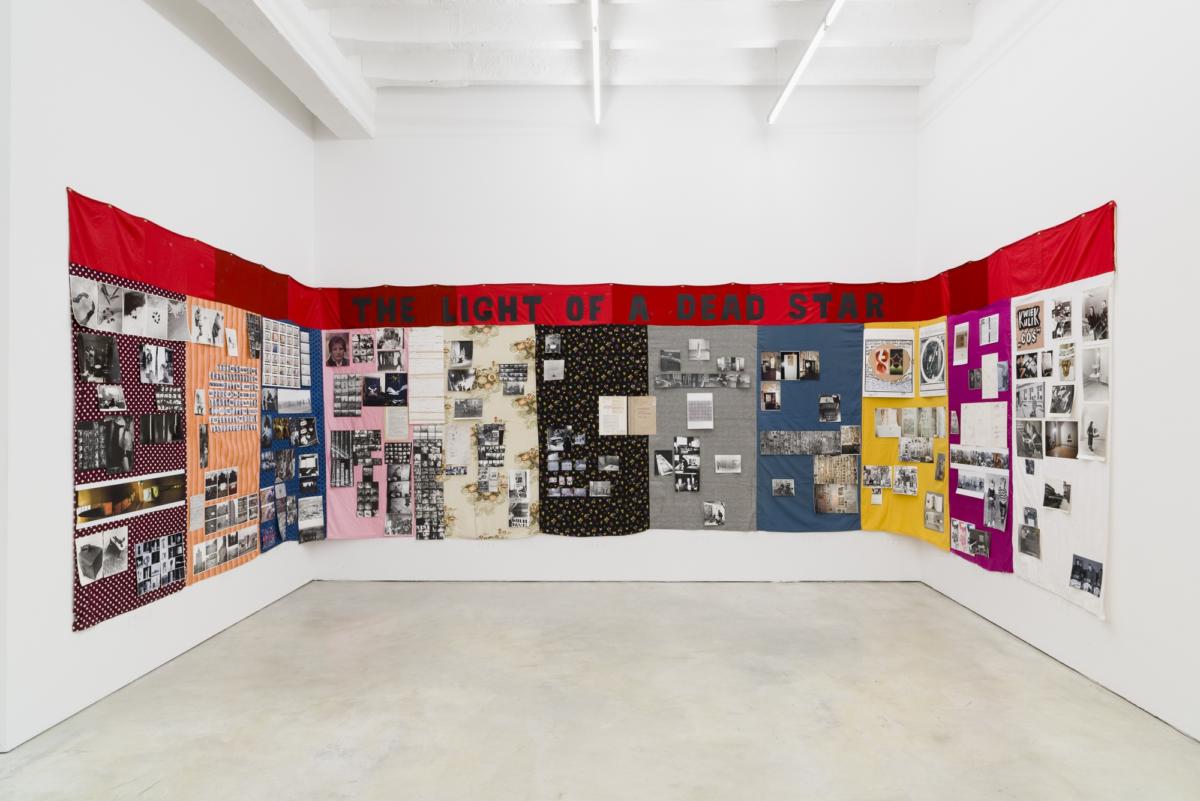
Zofia Kulik was born in 1947 in Wrocław. She grew up and received her education in Warsaw. Graduate of the Faculty of Sculpture at the Academy of Fine Arts. Since 1971, Kulik worked with Przemysław Kwiek. As the KwieKulik duo, the artists carried out Activities, which embraced a comprehensive range of creative practices, they took interest in processual and ephemeral art, proposed institutional and educational programmes, documented the work of other artists, and established the Studio of Activities, Documentation and Propagation (PDDiU). Towards the end of the 1980s, the partners’ path parted in life and art alike. In her individual work, Kulik adopted a somewhat opposite direction. “I am fascinated by the Closed Form”, “I wish to be in a museum” – she declared. That was when Kulik began to create monumental, black and white, photographic compositions resulting from the process of multiple exposure of manifold negatives from the artist’s own archive of images. Kulik’s photocollages adopted a variety of forms: from photo-carpets, to columns, gates, medals, mandalas, to open-ended compositions, such as From Siberia to Cyberia. Those very pieces brought Kulik the greatest renown (the Passport award of the Polityka weekly in 1996, participation in the Venice Biennale in 1997, and in documenta in Kassel, 2007). Kulik’s compositions entered many institutional collections in Poland and internationally (Muzeum Sztuki in Łódź, Stedelijk Museum in Amsterdam, Centre Georges Pompidou in Paris, Tate Modern in London, Museum of Modern Art in New York, Moderna Museet in Stockholm).
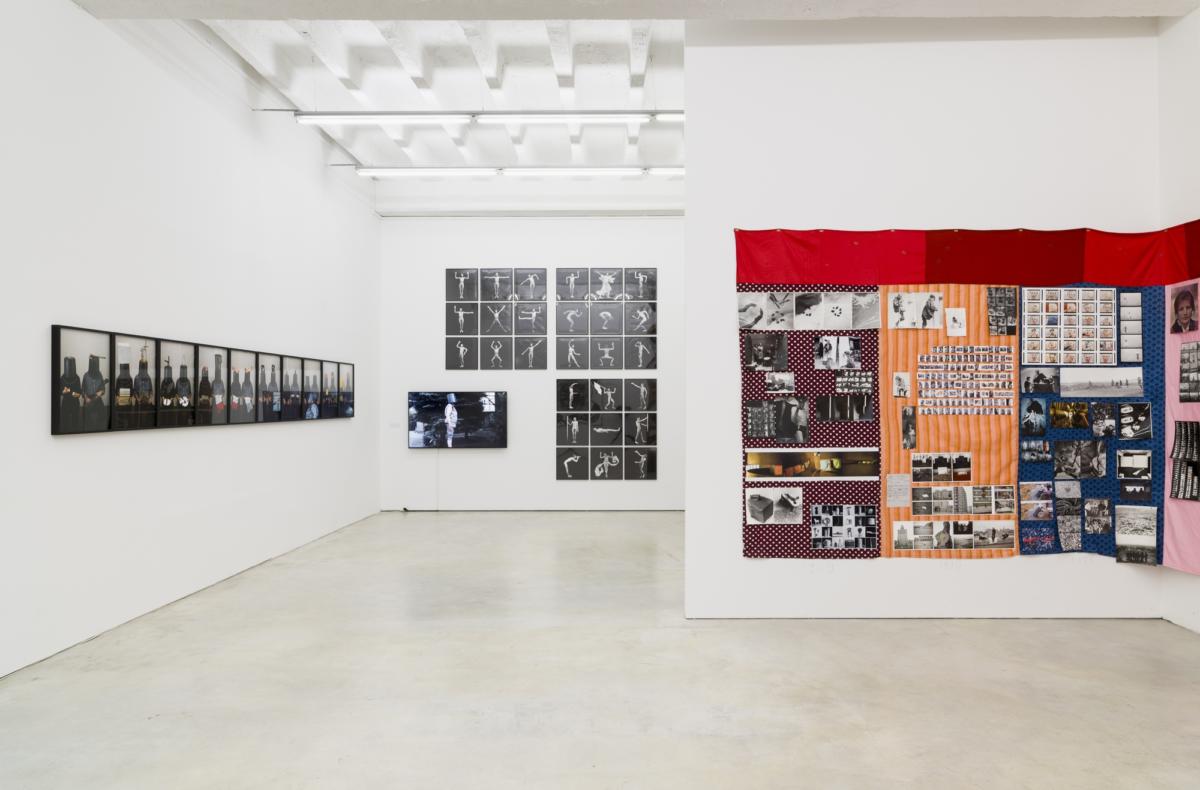
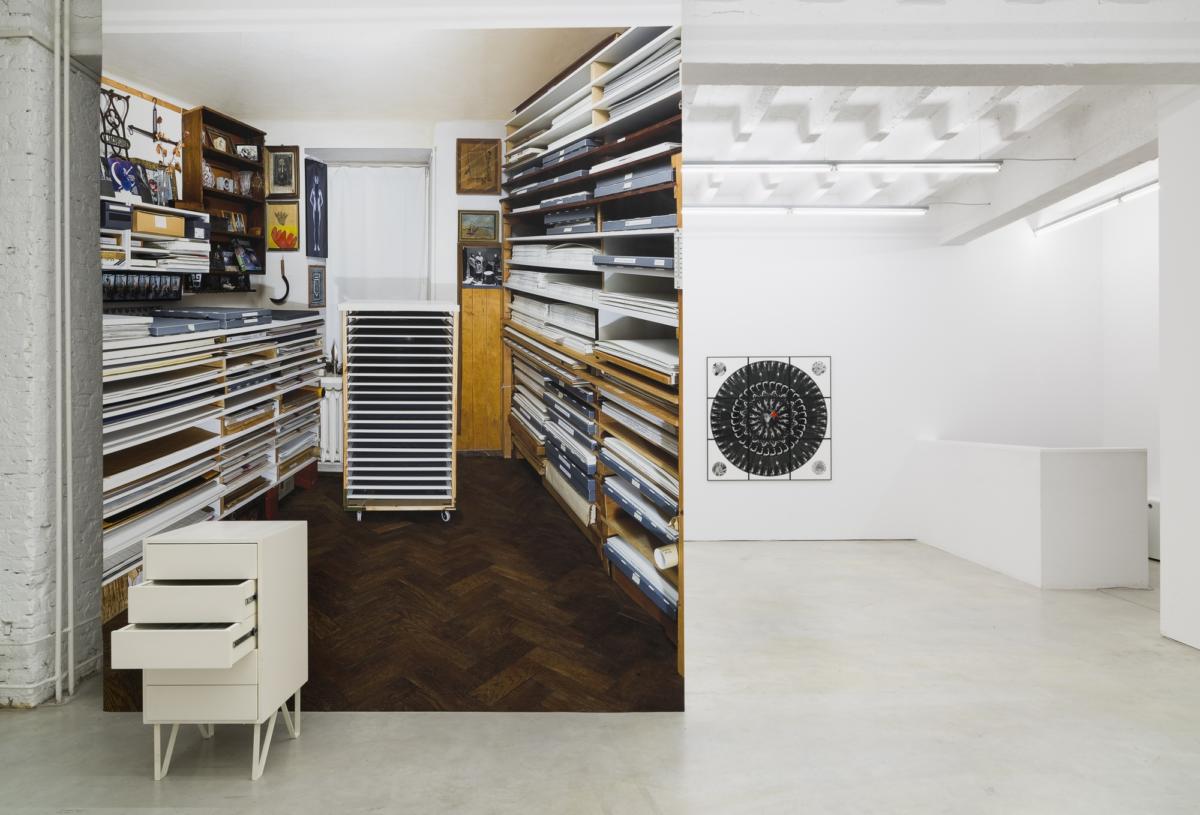


Yet, having reached the peak of recognisability around 2008, the artist chose to abandon her individual work almost entirely and devote herself to the study and organisation of the historical oeuvre of KwieKulik. Apart from the archive, which had already been kept in her custody, Kulik focussed on preparations to the first monographic exhibition of KwieKulik (BWA Wrocław, 2009), and later collaborated with a research and editorial team on a monumental monographic publication devoted to the duo (KwieKulik. Zofia Kulik & Przemysław Kwiek, eds. Łukasz Ronduda and Georg Schöllhammer). The same period witnessed the making of a documentary film about the work and life of Kulik and Kwiek (KwieKulik, dir. Joanna Turowicz, Anna Zakrzewska, 2011). All those projects attracted many visits of researchers and curators interested in KwieKulik’s work; Kulik coordinated works on the digitisation of visual materials, documents and films; the artist was also involved in translating names and terms into English (particularly difficult given their contextual references to a political realm that no longer existed). She also gave interviews, as well as incessantly arranged and protected in material terms the entire content of the KwieKulik Archive.
Following the dissolution of KwieKulik, the two artists formulated their individual artistic statements based on their collaborative work in the past. Zofia Kulik used the banner: Zofia Kulik presents KwieKulik. Among other pieces, such works include the installation Autobiographical Aggregate (2000), in which the artist shared her own understanding of the “path” of KwieKulik – from traditional sculpture, object, to process and documentation. The spatial composition comprising miniaturised works and reproductions became a kind of “museum in a suitcase”, or rather a museum that can fit on one wall. The materials are presented against the background of wrapping paper, commonly yet mistakenly called “grey” in Poland; in fact, it is brown. It depicts the process of education and, at the same time, the development of KwieKulik’s artistic concepts. Another work themed around KwieKulik and the PDDiU are panels with compositions of documents created for the exhibition Interrupted Histories at Moderna Galerija in Ljubljana (presented later at the Polish Institute in Berlin), titled From the KwieKulik Archive (2005). The piece presents a subjective art history of the 1970s and 1980s, “written” through the prism of documents – archival sources and their detailed explanations.
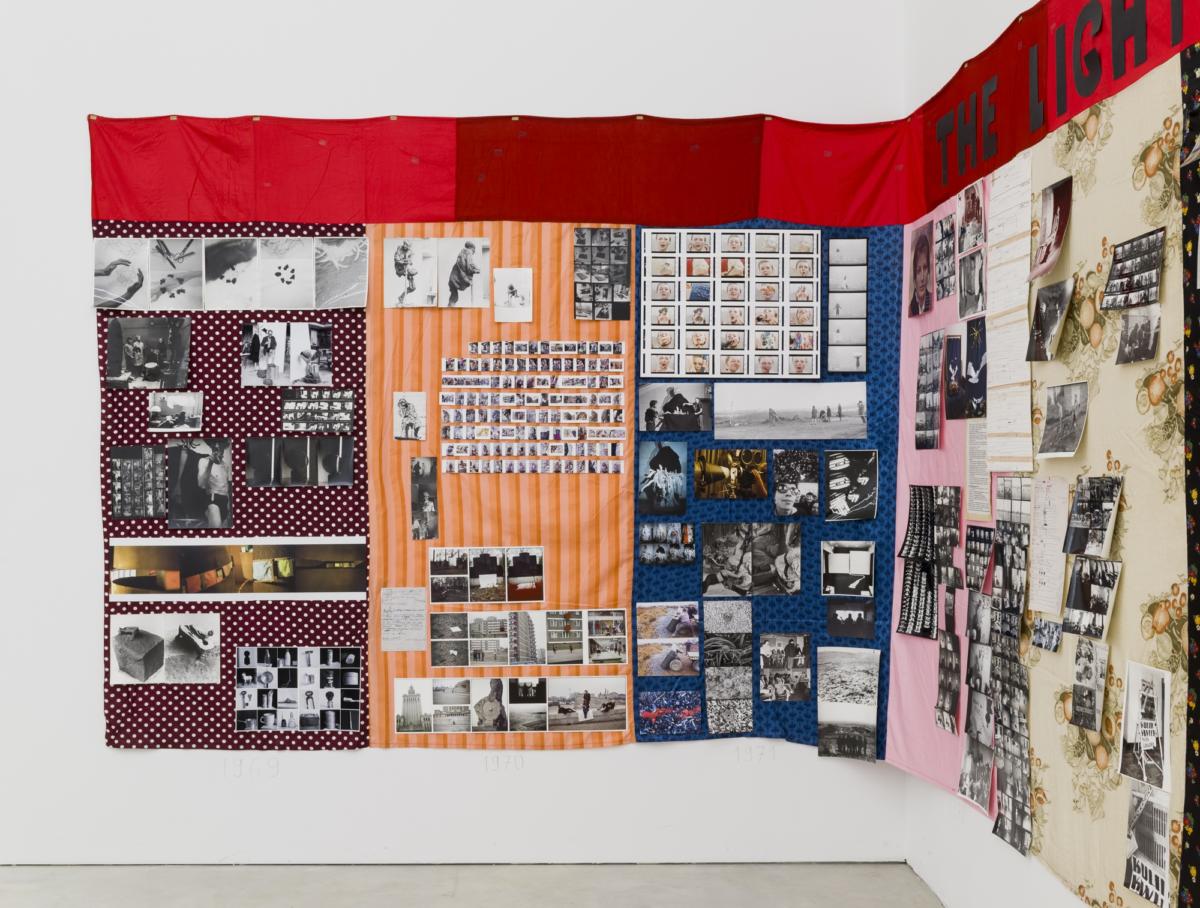
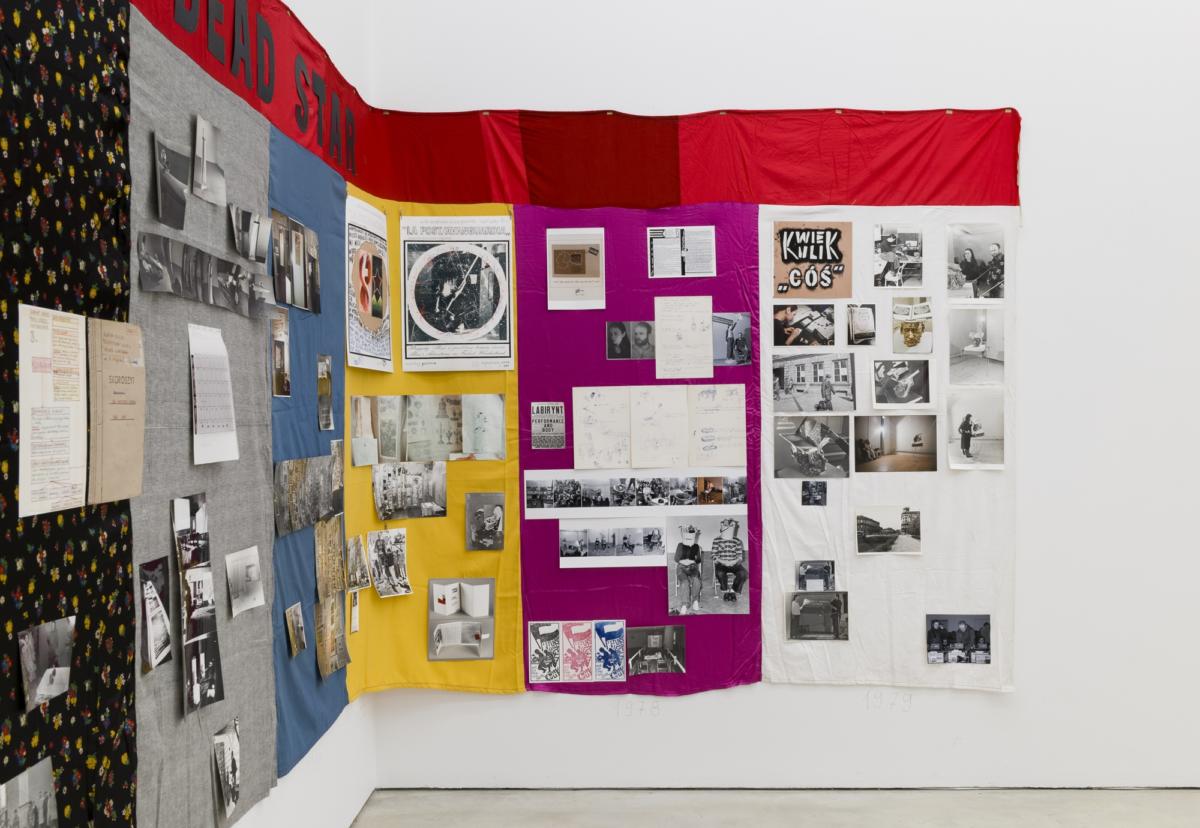
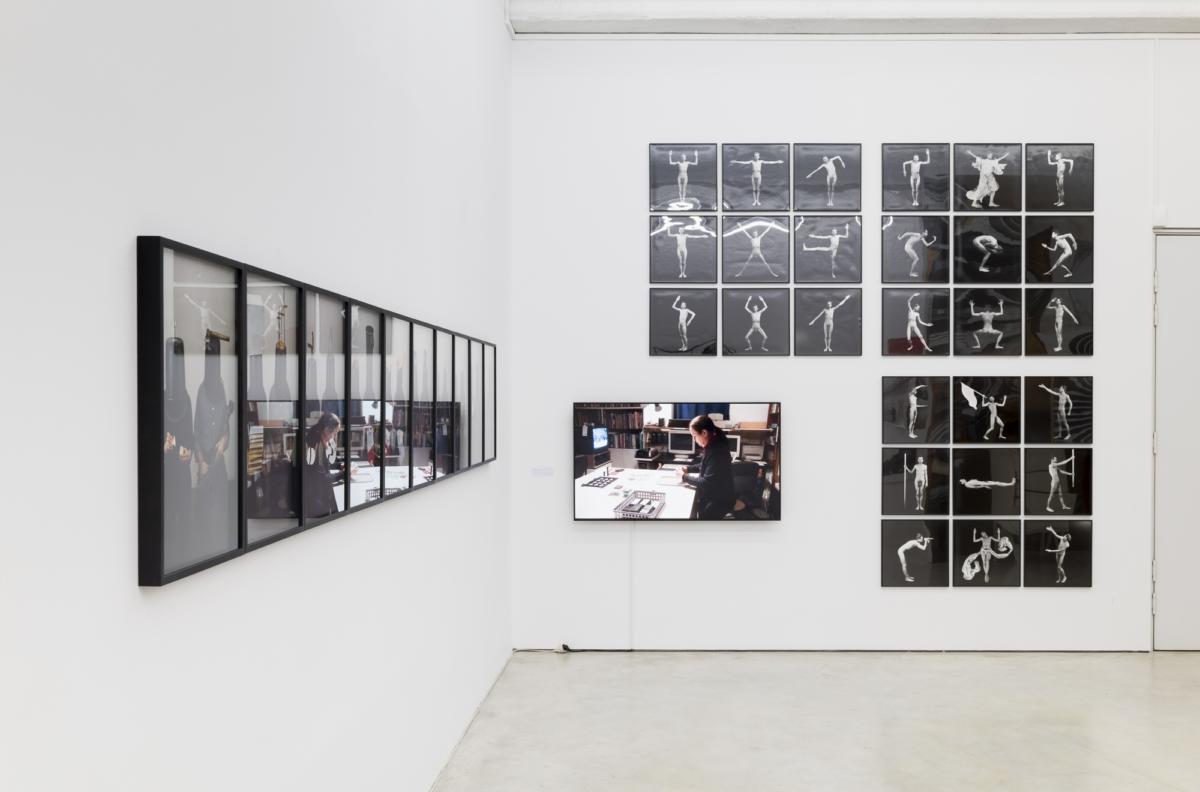

After many years of struggle for securing and institutionalising the custody of ephemeral art in Poland under communism, the 1990s brought about a chance of collaboration between the KwieKulik archive and a public institutions: the Centre for Contemporary Art in Warsaw. The artists once again sought public presence and proper care for collections and documents. Yet, the plans failed, and after years of efforts ultimately leading to a negative decision, Zofia Kulik returned to independent custody of the archive. For many years, the archive was (and still is) seated in the artist’s home in Łomianki near Warsaw. Ultimately, the KwieKulik Archive will enter the collection of the Museum of Modern Art in Warsaw in the future, while the Archive of Zofia Kulik, which has been stored for many years at Kulik’s house in Łomianki, will continue to be managed by the Kulik-KwieKulik Foundation.
All the daily activities, imperceptible for users, but indispensable for the archive to survive, such as filing, arranging, organising, preserving, dusting, have now become Zofia Kulik’s manifesto. The situations she documents, but also the hours, days, months and years of performing said activities, combined to form a footage that provided the basis for the cycle of films Cultivating the Archive. It is a story of the various aspects of the way the artist and her artistic duo function in art history; to the work on the archive throughout the decades; to the “fusion” of the household and the custody of the archive; to the difficulties involved today in explaining/demonstrating the essence of the art of the 1970s. It reveals a work that can never fit within the confines and on the walls of museums – a “mega-process” of the creation and life of the archive.
The films from the cycle Cultivating the Archives began almost by chance. In 2016, Zofia Kulik was invited to a seminar in Kyoto, organised by her art historian friend. Given that friendship, Kulik was keen to participate in the conference, yet the responsibility of an archivist ultimately prevailed and the artist did not leave her collections. Her absence was to be compensated for with a film. On the one hand, her video presentation was supposed to respond to the topic of the conference, while on the other hand, conceived as a collage of various recordings from the studio and the archive, it became a statement, or rather a story by Zofia Kulik.
In the film Kyoto, which initiates the cycle, Kulik shows her studio, her photographic darkroom and a collection of objects whose images form part of her black and white compositions. She appears there as an artist working in the studio, but also as an educator. A walk around the house soon transforms into a presentation devoted to two pieces: All Bullets Are One Bullet and From Siberia to Cyberia. Since the works are supposed to be understood by viewers in a distant part of the globe, Kulik patiently and matter-of-factly explains the principle behind creating photocollages. Such educational approach, however untypical of artists commonly associated with picturesque ateliers, seems inevitable, especially in archival work.
Soon after the Kyoto presentation came another invitation – to the conference Doing Performance Art History, this time with a straightaway request for film. Kulik already had a response. The same summer, in the aftermath of ordinary household activities, Kulik carried out a spontaneous performance, documented by Przemysław Kwiek, who participated in it as an “off-camera voice”. The final edit of the film, titled Cultivating the Archive, or, in Other Words: a Performative Work, comprises two parts: the first is a compilation of shots from many hours of footage, gathered for years, documenting Zofia Kulik’s meticulous archival work; the second is a spontaneously recorded “for-camera activity”.
The Kulik-KwieKulik Foundation was established upon the initiative of Zofia Kulik, Monika Branicka, Asia Żak Persons and Maksymilian Kwiek. Its mission consists in the custody of the oeuvre of KwieKulik, Zofia Kulik, as well as the collections, archives and artistic keepsakes gathered in the house in Łomianki near Warsaw. The project Cultivating the Archive was initiated by Wiktoria Szczupacka; each of the films from the cycle is available online.
(This note is based on the original text by Wiktoria Szczupacka published in Miejsce Studia nad sztuką i architekturą polską XX i XXI wieku, 4/2018; english translation: Łukasz Mojsak)
Imprint
| Artist | Zofia Kulik & KwieKulik |
| Exhibition | Quotes from the Archive |
| Place / venue | ŻAK | BRANICKA, Berlin |
| Dates | June 29 – August 31, 2019 |
| Website | www.zak-branicka.com |
| Index | KwieKulik Żak | Branicka Zofia Kulik |
